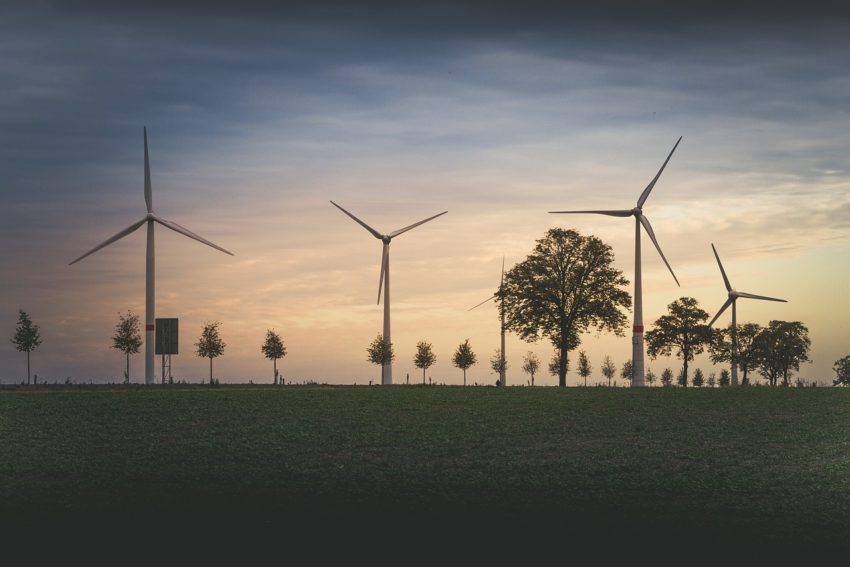Industry Trends
Environmental risks persist no matter the asset: considerations for financing renewable power projects
Many view renewable energy (e.g., solar, wind) as having a low environmental risk profile and are not prepared for the myriad compliance and enforcement risks that may arise from the development of renewable power projects. While it is true that, once operational, renewable assets typically do not emit air pollutants or discharge wastewater, and so may have significantly fewer compliance obligations than a highly-regulated asset like a petrochemical complex, the construction phase of renewable projects arguably contains just as many risks as one would face for more stringently regulated assets.
Moreover, lenders often have an extremely low environmental risk tolerance, so an issue that presents the risk of negligible fines or penalties or an immaterial remedial obligation could nevertheless stymie deals critical to the development of renewable energy projects, such as project financings.
This article, split into two parts, discusses some of the more frequent environmental issues that can arise during renewable power project construction financing transactions. Part I addresses the environmental risks posed by renewable energy projects, lender concerns regarding environmental risks and the impact of COVID-19, and issues that can arise during pre-acquisition due diligence. Part II will address environmental permitting for renewable energy projects, as well as common environmental-related provisions and issues in negotiating EPC contracts and financing agreements.

Environmental Risk Profile of Renewables Projects
While the operation of renewables projects can result in environmental risks (harm to endangered bird or bat species after flying into wind turbines and concentrated solar power projects in some cases), the key risk in the project financing phase arises during construction. Construction presents the only real opportunity for spills or releases, typically of fuel used to power earth-moving equipment and other construction activities. Careful vetting of the engineering, procurement, and construction (EPC) contractor may help mitigate this type of risk.
In addition, while renewables projects are not likely to require any preconstruction air permitting, the sheer size of acreage needed for utility-scale renewables projects means that impacts to wetlands, state or federal endangered or threatened species, or archaeological sites will need to be assessed early in the process. Local permitting requirements may also result in the need for conditional use permits, roadway access agreements, and several other county or municipal authorizations to be obtained before construction can begin. Therefore, a developer’s management of permitting risks is key to satisfying lenders and investors.
Environmental Risk Tolerance and the Impact of COVID-19
Depressed petroleum commodity prices and the steady, if not overly large, rates of return on renewable investments have spurred renewed interest in wind and solar projects in 2020. COVID-19 related restrictions also resulted in many in the investment community seeing renewable projects as safer targets given that electricity demand is not tied to travel like the demand for fossil fuels, so renewable investments potentially have greater resiliency against pandemic-related risks.
Coupled with increasing environmental, social, and governance pressures to transition away from the use of fossil fuels, many companies are entering (or are considering entering) the renewables market for the first time to try to capture attractive investment opportunities. At the same time, however, lenders have witnessed many borrowers struggle during the COVID-19 pandemic and are scrutinizing new investments of any type.
Historically, banks have never had an appetite for environmental risks. Financing documents typically contain a complex web of environmental indemnities designed to cover any conceivable environmental liability and always protect the lender. The economic disruptions resulting from COVID-19 have only further lowered lenders’ risk tolerance. In recent experience, lenders are fixated on environmental issues, regardless of materiality, and have refused to fund until each issue is resolved or additional contractual protections are added to address the lender’s concerns.
More Stringent Environmental Due Diligence
Renewable power project developers must prepare for thorough environmental due diligence by any lenders and co-investors in a project. Lenders and co-investors are likely to take a hard look at the developer’s pre-acquisition site due diligence, the status of key permits, and planned mitigation to offset construction impacts to natural resources. Renewable developers should also expect lenders to push enhanced contractual protections upon the borrower.





















 Pre
Pre
 Back to list
Back to list